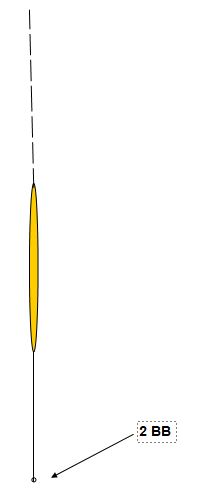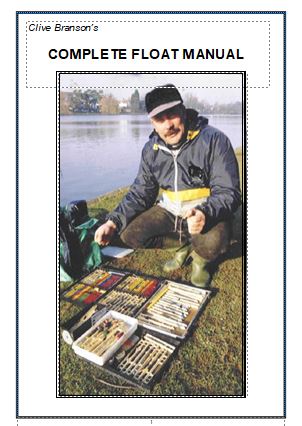| THE PASTE WAGGLER |

This is a new float to my range of Goldmedal Floats.
The Paste Waggler which is very similar to a stillwater blue in its construction, the difference is that this waggler has an exceptionally long bristle on the body of the float. Thus allowing to spot the most sensitive bites from filter-feeding fish. I first discovered this float on my trips to Thailand, where the local anglers have developed this float in conjuction with a rod and reel.
Most paste floats in the UK are used when pole fishing however, in Thailand Pole fishing is not a common tactic therefore the Thai anglers have learnt to use a waggler type of float. The advantage of not waving a pole over the feeding fish’s head must be a bonus, in my opinio,n and after using this float and accounting for some great catches of fish I can definitely see the advantages of using this unique float
The long antenna of the waggler becomes a very important, intricate part of the float, as when fish filter feed, most floats would indicate a phantom bite. However, a long antenna would compensate for this, when fish do not take the bait properly into their mouth, as the float lifts and dips as the fish suck and blow the bait. It is best to allow the float to sail away before striking. The very long antenna also allows you to notice the bait being nibbled by smaller fish, as the float will rise slightly in the water.
Also, in the case when the bait comes off the hook completely the long antenna will stand high in the water as if the float was undershot. When shotting the float, you must allow for the compensation of the extra weight of the paste. Some anglers make these floats so the weight of the paste will settle the float in the swim without using any shotts whatsoever. This has the advantage of a more natural bait presentation as well as less line bites.
Paste Fishing
Paste bait, which is made up of ground or fine pellets, is blended to form a doughy mixture that can be moulded onto the hook. As some fish tend to filter feed in the swim, in other words, feed off the groundbait or pellets that the angler puts into his swim. This can be observed when a mass of bubbles rise from the bottom of the swim to the top. Bream, tench and carp produce this phenomena when engrossed in feeding on the bottom, sucking and blowing, feeding on fine particles. Hence paste becomes a very good bait and will catch fish when other baits don’t. Anglers found that when using paste on the hook after setting the shotting pattern, the float would in most cases sink. To combat the heavy paste mix that is moulded onto the hook, which allowed this to happen, the float was developed with a long bristle antenna to cope with the extra weight on the float.

Now Available The Float Fish Manual, 167 of page content
CLICK ON BOOK TO ORDER
